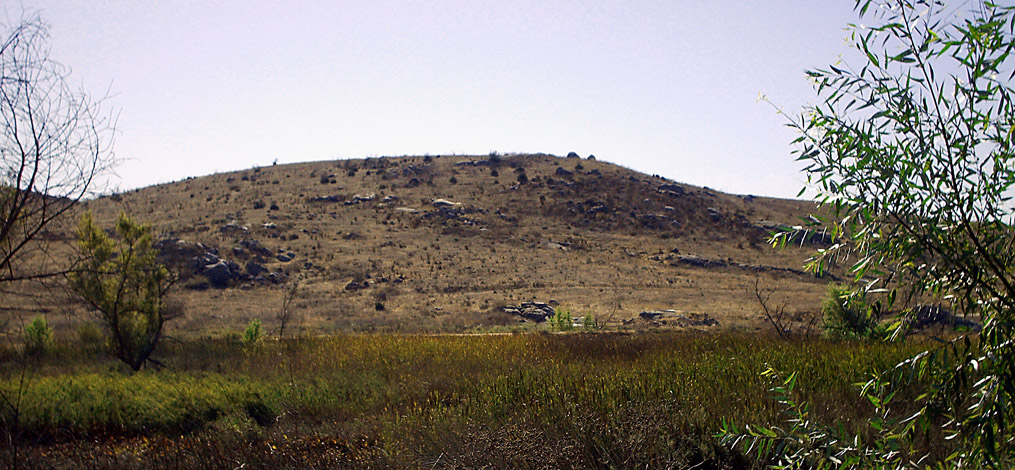J. Goodman Braye must have been an interesting man.
It took some digging to uncover his varied life.
We know that Jethro Goodman Braye was born about 1869 in Virginia, the son of a black couple. Given the time period, it’s likely that Braye’s parents had grown up in slavery.
By the 1890s Braye was living in New York City. A May 1894 newspaper account of a collision between two horse carriages mentioned Braye as a coachmen for a family named Tannenbaum, and credited him with helping a policeman subdue runaway horses.
Braye’s employer, J. Lippman Tannenbaum, was a gemologist for Tiffany and Co. He took Braye under his wing, by some accounts financing his education. Some sources say Braye attended Howard University, others Cornell. Most say he was trained in geology.
During the late 1890s, Braye’s name turns up as a member of a theater troupe performing plays in the south and midwest.
Braye’s acting and geology training came together in San Diego around 1900.
In the late 1890s, the discovery of rare gem deposits in the Mesa Grande area had triggered a “gem rush” that reverberated nationally and internationally.
Tiffany dispatched J. L. Tannenbaum to San Diego to check out two gem mines, the Himalaya and the San Diego, set up by a prospector named Lewis in the Mesa Grande area.
Tannenbaum brought J. G. Braye with him. According to Dr. Peter Bancroft’s 1984 book, Gem and Crystal Treasures, Braye rode a buckboard to Mesa Grande “posing as a tubercular in need of a mountain cabin for his health.” In this manner Braye was able to acquire a cabin near the Himalaya mine. Before long Tannenbaum had taken over the mine itself, challenging Lewis’ original claim. Eventually Tannenbaum got clear title to the mine for a $40,000 payment.
Tannenbaum made Braye his manager. Braye was interviewed extensively in a September 21, 1901 San Diego Evening Tribune article.
“We have a government mineral claim of 120 acres and are working it for all it is worth,” Braye told a Tribune reporter. He said he kept 25 to 30 miners steadily employed.
Braye continued as mine manager for almost 15 years, gaining a national reputation and a nickname. On a visit by Braye to Los Angeles in September 1905, the Los Angeles Herald proclaimed: “There are steel kings, diamond kings, flour kings and even bean kings, but there is only one tourmaline king, and he is a negro, J. Goodman Braye, Jr…..”
A 1909 article in a Cleveland newspaper called him “probably the richest black man in the world.”
Around 1915 Braye left mining and embarked on a civic project: a plan for an industrial school for blacks in southern California based on Booker T. Washington’s Tuskegee Institute. He visited cities all over the region in a fundraising campaign. A 1915 Evening Tribune article stated “A number of prominent men of San Diego, Imperial Valley and Los Angeles have interested themselves in the project…..according to Braye.” But the plan generated controversy and didn’t come to fruition.
Braye was living in the Los Angeles area by 1920. Voter registers from then and up to the mid-1920s list occupations from real estate to “moving pictures.”
When he died in Santa Monica in 1927 at the age of 57, his obituary noted both his mining and acting careers, and also described him as the author of two plays, “The Tourmaline King” and “The Black Millionaire.”

A shame he died so young with so many fantastic dreams!